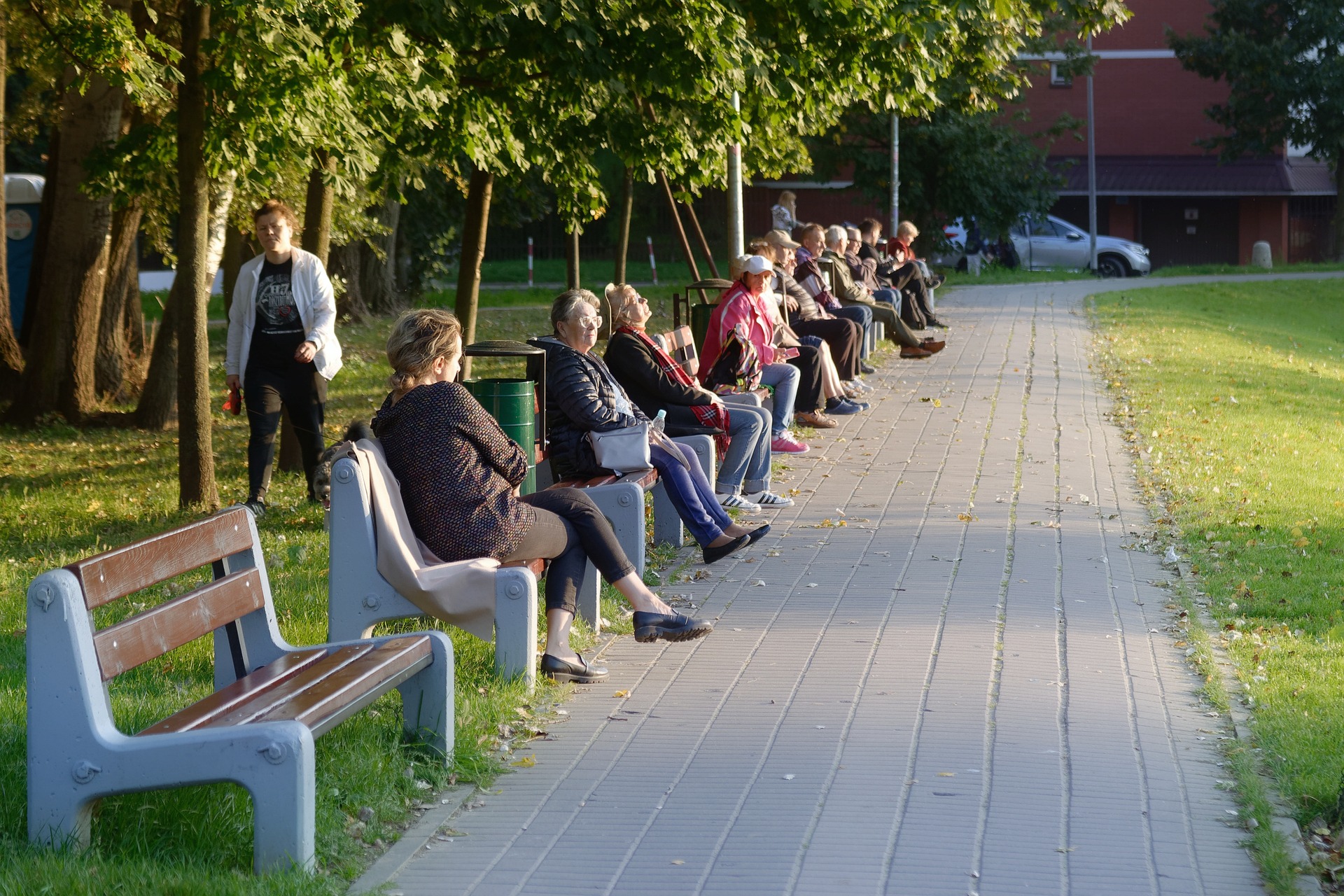Rediscovering the Human Connection: The Rise of Co-Living Spaces
Introduction: In a world that is increasingly digital, how are we keeping our sense of community alive? Dive into the emerging trend of co-living spaces, a fresh and innovative approach to shared living that is reshaping our social landscape. Read below to explore the foundations of this movement, its present-day impact, and potential future implications.

A Historical Perspective: From Communes to Co-Living
Co-living, while a novel phenomenon, has roots in the age-old practice of communal living. From ancient tribes to medieval guilds and 1960s communes, shared living spaces have always been a part of human society. However, the co-living movement of today differs from its predecessors in its approach to privacy, infrastructure, and community-building.
The Current Trend: Co-Living in the Age of Digital Isolation
In the age of digital connection, physical isolation is an ironic but prevalent issue. As people migrate to cities for economic opportunities, traditional community structures often fall by the wayside. Co-living spaces, with their emphasis on shared spaces and community events, offer a solution to this urban loneliness. They bring together individuals from diverse backgrounds, fostering a sense of community that transcends traditional boundaries.
The Sociological Insights: Why Co-Living Appeals to the Modern Individual
Sociologically, co-living can be seen as a reflection of shifting values among younger generations. Millenials and Gen Zs, with their focus on experiences over ownership, are more open to shared living than previous generations. They value flexibility, community, and sustainability - all key features of co-living.
Implications and Significance: How Co-Living is Shaping Modern Society
The rise of co-living has far-reaching implications. It challenges the traditional norms of home-ownership and nuclear family structures. It also promotes inclusivity, diversity, and sustainability, contributing to broader social and environmental goals. As cities become more densely populated, co-living may also offer a solution to housing shortages and urban sprawl.
Looking Ahead: The Future of Co-Living
As we move forward, co-living is likely to evolve and adapt, responding to societal changes and needs. Technology will play a key role in this evolution, enabling more efficient use of space and resources, and facilitating community interactions.
In conclusion, co-living represents a reimagining of human living spaces, driven by changing values and modern challenges. It’s a testament to our enduring need for community, even in an increasingly digital age. As we continue to navigate this complex and ever-changing social landscape, such innovative solutions will be vital in maintaining our sense of human connection.
Final Notes:
Like all societal trends, co-living is a complex and multifaceted phenomenon, shaped by various factors and impacting different individuals in unique ways. As such, any analysis or prediction should be taken with a grain of salt. However, by examining the trend in a holistic manner, we can gain valuable insights into our society and ourselves.




